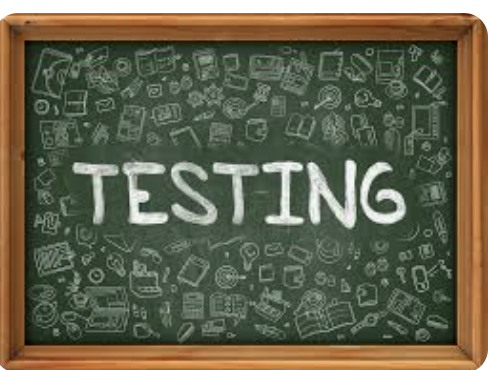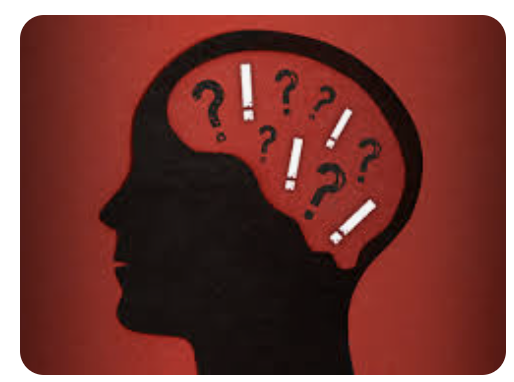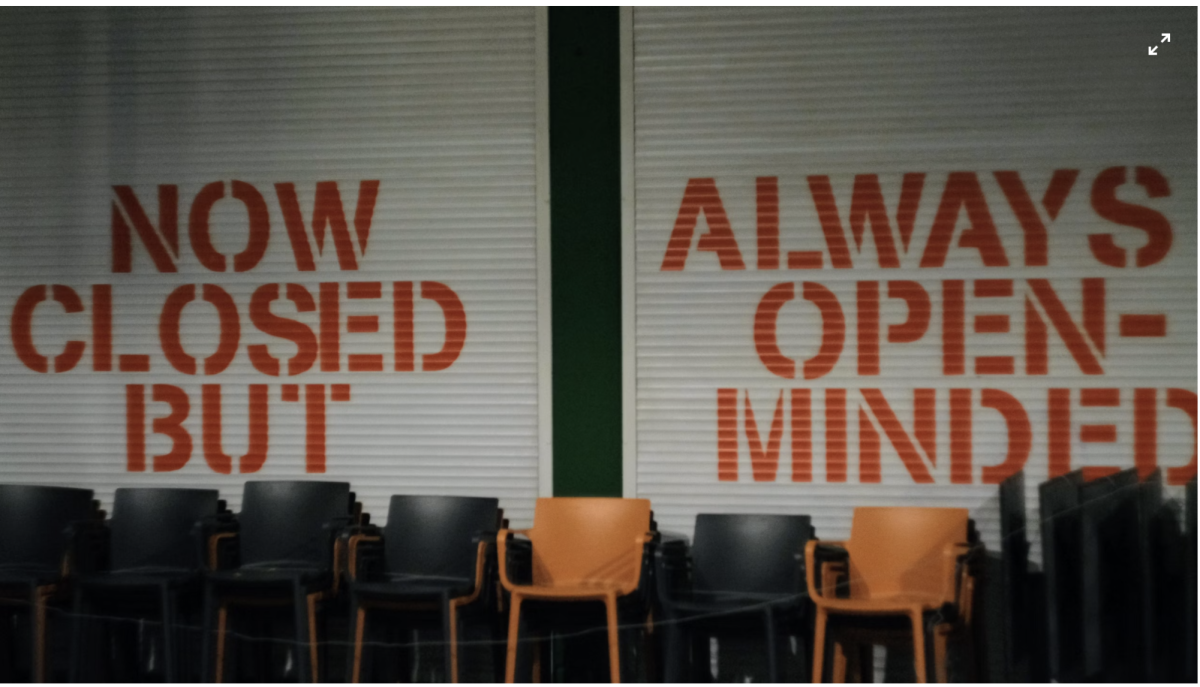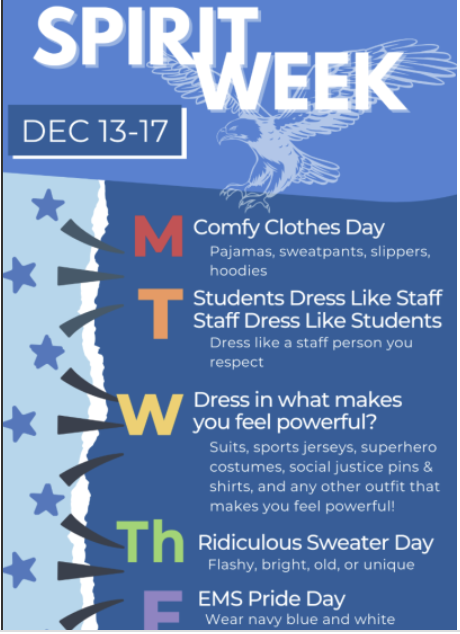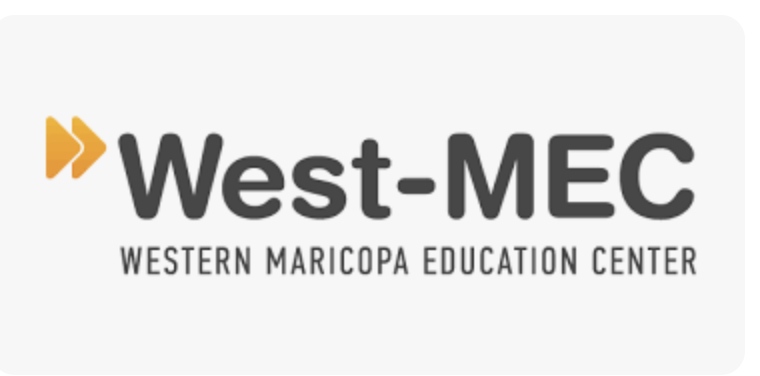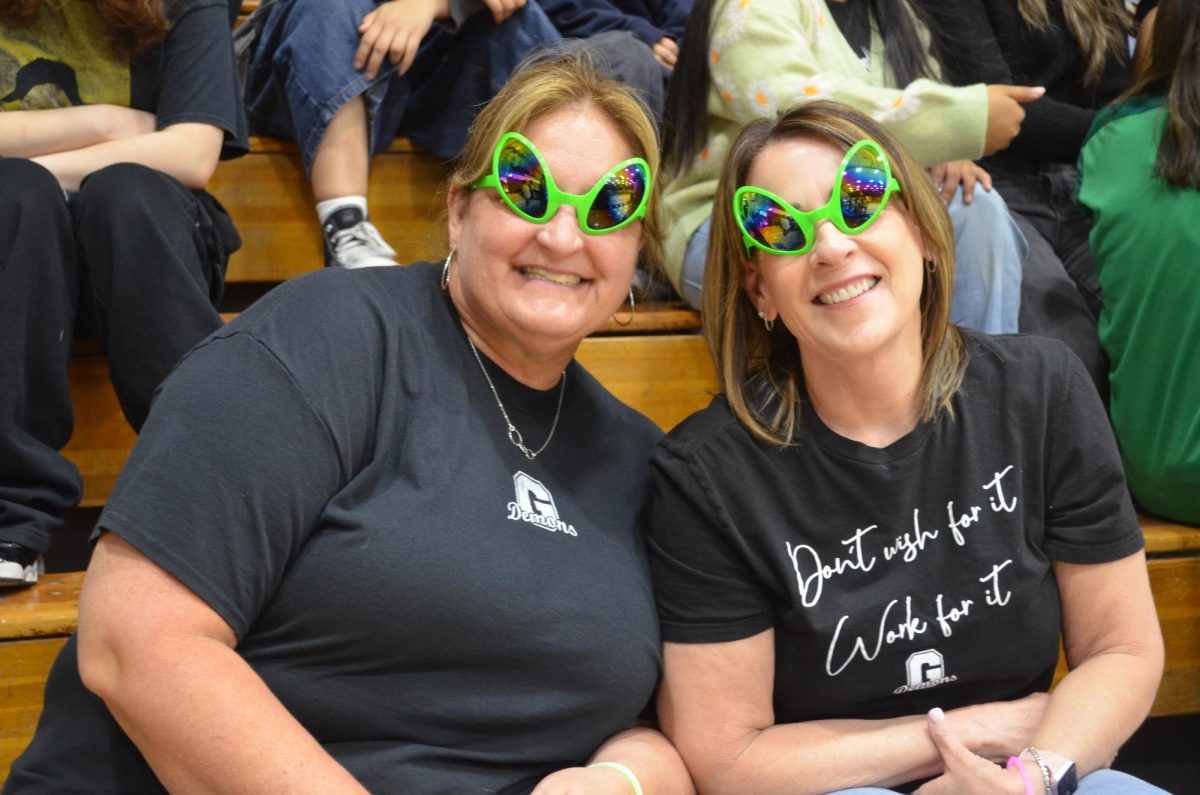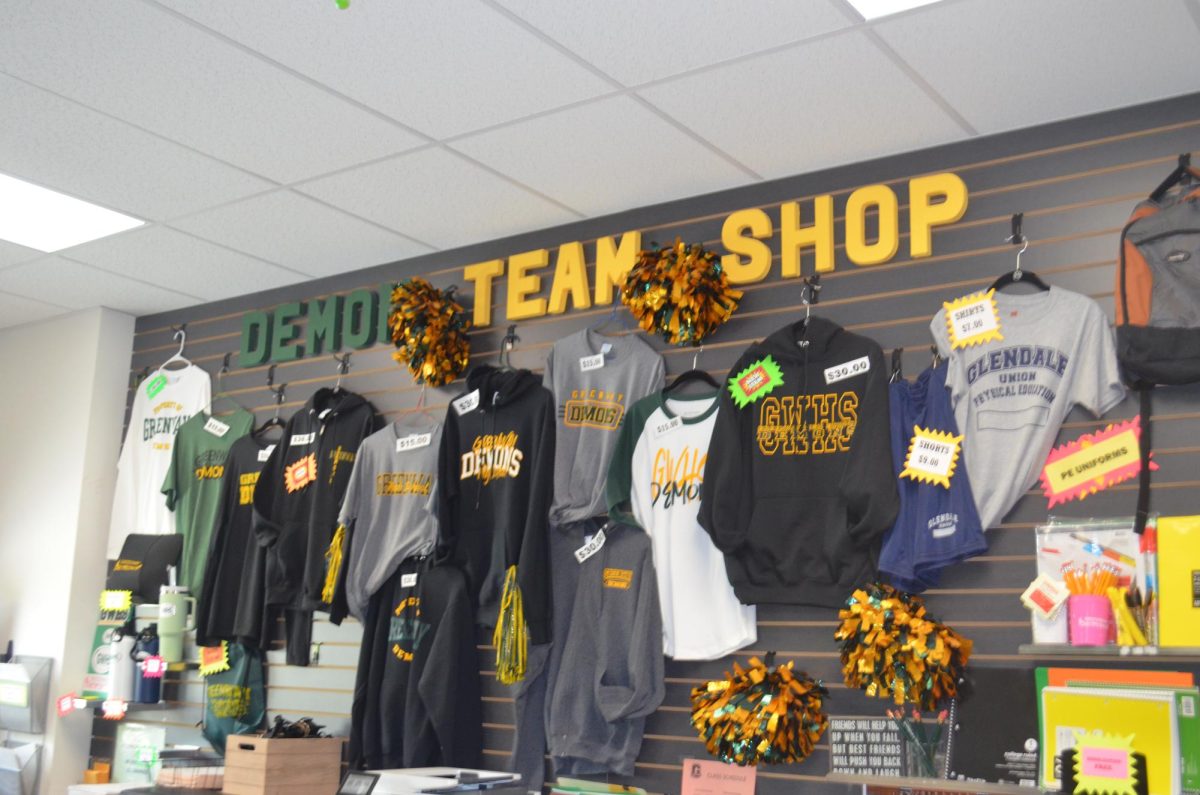Students Yearn to Know How They Learn

February 11, 2022
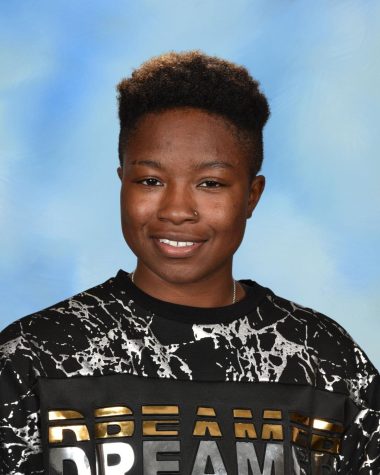
STUDENTS YEARN TO KNOW HOW THEY LEARN
What are learning styles? “It’s basically how you learn,” Sophomore Ashley Sanchez said.

Have you ever wondered what your learning style is? What the actual meaning of it is? How it can help you to your dreams? You’ve come to the right place. I’m here to explain the differences in the types of learning styles. Before I begin, click this link to find out the type of learner you are.
https://www.how-to-study.com/learning-style-assessment/quiz-item.asp
3 Main Learning Styles
Visual, Aural/Auditory, and Tactile/Kinesthetic.

What’s it mean to be a visual learner? It’s what it sounds like for the most part, people like things to be shown to them. Like watching a video or a teacher demonstrating how to do something. Basically they learn by seeing pictures. These people understand and remember better by sight. Sophomore Ember Cajthaml says people have to see it in order to understand the concept.

Being a visual learner has many advantages like building the tools of making people more organized or it can also make work much easier for people due to the fact that they learn everything they see. Sadly with advantages there always comes disadvantages. According to the article “Visual Learner: pros and cons”, “As people learn through eyesight, distractions are common and a burden when intense focus is needed,” the article said. When students need to study on a computer they can often be distracted by notifications and websites that can catch a visual eye.
A strategy that could be used for a visual learner is to color code their notes with certain topics, or watch informative videos for better understanding of the subject.

What’s an aural/auditory learner? Auditory learning style is through listening, hearing and taking. Best understand information through speeches than written forms. They often use conversations, music and videos to get the best of their information. “It’s good to have an auditory learner during a presentation,” Junior Majestic Hernandez said.
The strengths of being an auditory learner is helping a person learning how to multitask. Better retention meaning whatever they tend to hear seems to stay in the brain much longer than intended.
Weakness of being an auditory learner can process visual information causing them to take longer than others to do the work that was presented to them. Another issue is the absence of sounds. It could be very difficult with silent tasks like test taking or long periods of reading and writing.
To help auditory learners out more, they should try reading assignments out loud so they won’t feel trapped into silence. Also sitting in front of the room so they can hear every bit of information.

Are you a tactile/kinesthetic learner? “You get to be in the moment and experience it,” Sophomore Terri Reed said. Kinesthetics are more involved in the movement and realistic. They do best during a hands-on assignment. They understand more in real life experiences.
The pros of being a Kinesthetic learner can help you improve critical thinking and analytical skills through trial and error experimentation. They are really good at Great Hand-eye Coordination. They have quick reactions and moves have excellent motor memory.
However, there’s also cons of being a kinesthetic learner. “Kinesthetic learners are usually high on energy and it’s hard for us to sit still,” Freshman Hailie Brewer said. They can struggle learning through traditional means and activities.
If someone is a kinesthetic learner , they should try using flashcards, or highlighters. They can use small movements to help focus and always practice.





